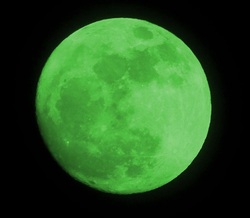 Next year the moon? Next year the moon? Throughout the world for St. Patrick's Day many iconic landmarks are 'going green', in other words being lit up with green lights, to celebrate Ireland and Ireland's most famous Saint. It has become such a big event now that it even has it's own hashtag on twitter! #GlobalGreening where people are adding photos of buildings turned green where they live. Iconic landmarks 'going green' this year include The Leaning Tower of Pisa, The Great Wall of China, London's Eye and the Sydney Opera House. But here in Donegal another, lesser known, place was lit up last night: Banaba's Crown. 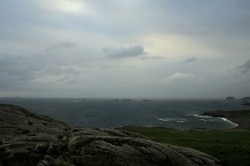 View from Banba's Crown View from Banba's Crown The area is more correctly called Altnadarrow but in the 1969s the tourist board decided to put the name 'Banba's Crown' on it. Banbha (Banba in English) was one of Ireland's mythological Goddesses, It is now more commonly known by people not from the area as 'Banba's Crown'. Way up beyond Malin Town and Malin Head lies this scenic, if normally very windy, spot. In daylight you can look out over the Atlantic Ocean and to the north east, Inishtrahull Island and the lighthouse there. At Banba's Crown there is a tall Napoleonic tower built as a look-out tower by the British in 1805. It is one of over a dozen such towers dotted around the coastline of County Donegal. It was from here in 1902 that the Marconi Company sent the first ever commercial radio message (to a ship named the SS Lake Ontario). 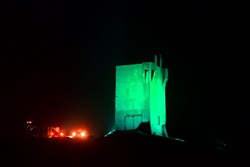 Approaching Banba's Crown Approaching Banba's Crown During daylight hours it is not too difficult to find but last night, in the pitch dark (there are no street lights within miles of this area), it was a slightly harder job. Just as we approached Malin Head we saw the Napoleonic tower lit up in green in the distance but we got lost for a moment or two until we spotted car headlights heading along a side road and decided that they were possibly going to Banba's Crown too and we followed the road they took. Once we started to near Banba's Crown we realised that we were certainly not going to be alone. There were cars coming and going up and down the narrow road to the top. Luckily, like many such small roads in Donegal, there are cut outs from the fields at the sides every now and then which allows one car to pull over and allow the other to pass. And last night with all the traffic we were very glad of them. It was mad up there. I had thought there might be one or two nuts like us who wanted to brave the elements and drive miles to get a photo but I never expected to see hoards of people, families with all ages of children running around, people like us who wanted to photograph it all, and of course lots of people doing 'selfies' in front of the tower. ('Selfies' for those not aware of them are photographs you take of yourself ~ with possibly friends/pets etc. included ~ on a phone, more than likely to post on one or more social media sites). When we arrived up it was raining and quite windy and so taking photographs was a pain because we kept having to wipe our lenses and quickly try to grab a shot but luckily, the rain stopped for a while allowing plenty of shots to be taken. Banba's Crown is totally exposed to the wild Atlantic Ocean and it can be very cold and very windy up there. The last time we were up it was almost impossible to get out of the car so strong was the wind ~ it was even rocking the car so last night was relatively mild compared to that. 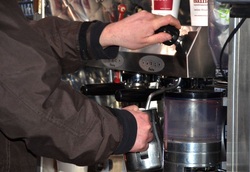 Caffe Banba Caffe Banba In keeping with the madness of the night, there at the top of the cliffs on Ireland's most northerly point was just what you would expect to see in such a place on a windy, rainy night ... a van selling coffee! It was all very Fr. Ted-ish. The van there is an established business called Caffe Banba and operates there from spring until the autumn. (I can nearly hear what the locals must have said when the idea for selling cups of coffee at Banba;s Crown was first heard of). But mad and all an idea as it may have been, it has been a success and last night they were doing a roaring trade both in coffee but also I noticed the hot chocolate (topped with tiny marshmallows) seemed to be the drink of choice for the night. There was a constant queue around the van and the guy who owns it was telling me it had been the same all day. It was great to warm both body and frozen hands with a beaker of piping hot coffee. I had an Americano and my husband had a cappuccino. The coffee is freshly ground for each order and the is excellent. With the weather that was in it, a watery 'van coffee' would have been welcome but to have real coffee was a very happy surprise. (They also sell tea, soft drinks, cakes, biscuits etc.). So was it worth the round trip of 110 miles to Ireland's most northerly point on a damp, blustery, dark night in them middle of March? Hell yes! Click on any of the images to enlarge and see below gallery for a link to google maps. Banba's Crown 16th March 2014 Views in daylight and evening. In some of the photos below you can see the narrow road up to Banba's Crown. Find Banba's Crown on google maps HERE.
0 Comments
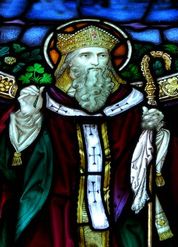 St. Patrick St. Patrick St. Patrick's Day is celebrated on his feast day, the 17th of March, by millions worldwide every year. He is in fact the most celebrated saint worldwide. He is of course the patron saint of Ireland but he is also the patron saint of Nigeria, French fishermen and Engineers. There are St. Patrick's Day parades held worldwide and the first St. Patrick's Day celebration took place in a bar called the Crown & Thistle in New York City in 1756 although the event was being celebrated in a smaller way in Boston, USA since around 1737. The day has been celebrated in Montreal, Canada since 1824. There are also parades held in Paris, Rome, Munich, Moscow, Beijing, Honk Kong, Singapore, and Copenhagen to name a few. In America parades have been held in the following cities since early days: ~ Philadelphia since 1780 ~ Savanah, Georgia since 1813 ~ Carbondale, Pennsylvania since 1833 ~ Chicago, Illinois since 1843 ~ New Haven, Conneticut since 1845 ~ San Franscisco since 1852 In 1948 Harry Truman became the first American president to attend a St. Patrick's Day parade (in New York city). And now lots more about St. Patrick and St. Patrick's Day ... 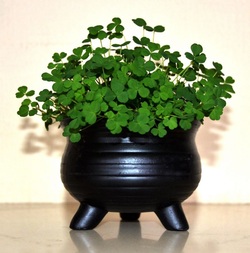 Little Croc of Shamrocks Little Croc of Shamrocks SHAMROCKS Every year on St. Patrick's Day many people wear their shamrocks, a little bunch of shamrocks held onto the clothes by a pin. The shamrock is strongly connected with St. Patrick and with Ireland even though the harp is the official emblem of Ireland (see below). It is said that St. Patrick used the three leaves of the shamrock to explain the Holy Trinity (Father, Son and Holy Ghost) when converting the pagans of Ireland to Christianity. 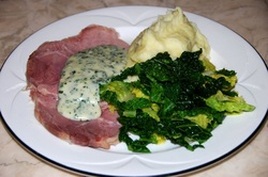 Bacon, Cabbage & Shamrock Sauce Bacon, Cabbage & Shamrock Sauce FOOD FOR ST. PATRICK'S DAY Many people enjoy what they think of as "Irish food" on St. Patrick's Day but unfortunately many get it wrong. If you want to see some traditional Irish recipes and a bit of background on them, click on any of these links: - Bacon and Cabbage (and 'Shamrock Sauce'!) - Irish Stew - Irish Soda Bread 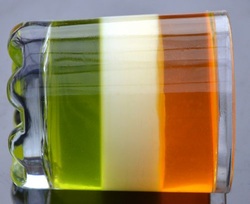 Irish Flag Jellies Irish Flag Jellies IRISH FLAG DESSERT & IRISH FLAG DRINK We took a while to get the white for the white jelly right and you can read how we made our Irish Flag Jellies HERE. A short drink for St. Patrick's Day could be the Irish Flag. It is very moreish and easy to drink but very strong ~ so take care! You will need a sherry size glass, a shot of Baileys Irish Cream, a shot of Creme de Menthe, and a shot of Cointreau. Carefully run the Creme de Menthe into the bottom of the glass using a teaspoon so it doesn't splash or touch the side of the glass. Next do the same with a clean teaspoon and the Baileys Irish Cream. Finish off with a clean teaspoon and the Cointreau. You should end up with the colours separate and the colours of the Irish flag. And when you get in the mood for singing, here are the lyrics to some Irish songs for the great day HERE. 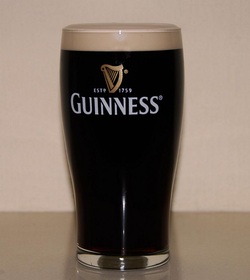 GUINNESS AND THE IRISH HARP Guinness is of course the drink of choice on St. Patrick's Day. We all associate a Guinness with the harp logo and indeed it has been their logo since 1862 when Arthur Guinness introduced it as Guinness' trademark. In 1876 he registered the harp as a trademark and this is where we come to Ireland's emblem, the harp. The harp was chosen to be the emblem of Ireland by the first Free State Government of Ireland in 1922. However it has been used on Coats of Arms of Irish Chieftains (Kings) since as early as the 13th century. When the first Free State government chose the harp as the official state emblem in 1922 they had to have their harp facing a different direction than the Guinness harp as that was trademarked. See the photographs below which show the trademarked Guinness harp and the emblem of Ireland harp as used on our coinage. The third photograph below shows the Guinness harp in the Guinness Storehouse in Dublin. 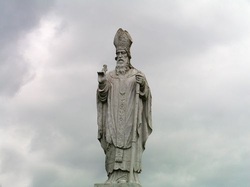 Hail Glorious St. Patrick Hail Glorious St. Patrick HAIL GLORIOUS ST. PATRICK The hymn Hail Glorious St. Patrick will remind many Catholic people of their early school days because at this time of year, along with having to wear green to school, this would have been the first time we learned the words to this hymn. At the end of the hymn lyrics you can click on a link which will take you to a clip of the Irish tenor Frank Patterson's (1938-2000) version of the hymn. Hail, glorious St. Patrick, dear saint of our isle, On us thy poor children bestow a sweet smile; And now thou art high in thy mansions above, On Erin's green valleys look down in thy love. On Erin's green valleys, on Erin's green valleys, On Erin's green valleys look down in thy love. Thy people, now exiles on many a shore, Shall love and revere thee till time be no more; And the fire thou hast kindled shall ever burn bright, Its warmth undiminished, undying its light. Its warmth undiminished, Its warmth undiminished, Its warmth undiminished, undying its light. Ever bless and defend the sweet land of our birth, Where the shamrock still blooms as when thou wert on earth, And our hearts shall yet burn, where so ever we roam, For God and St. Patrick, and our native home. For God and St. Patrick, For God and St. Patrick, For God and St. Patrick, and our native home. Listen HERE. In other versions the last two lines of the verse are not repeated and would read thus: Hail, glorious St. Patrick, dear saint of our isle, On us thy poor children bestow a sweet smile; And now thou art high in the mansions above, On Erin's green valleys look down in thy love. On Erin's green valleys, on Erin's green valleys, On Erin's green valleys look down in thy love. Hail, glorious St. Patrick, thy words were once strong Against Satan's wiles and a heretic throng; Not less is thy might where in Heaven thou art; Oh, come to our aid, in our battle take part! In a war against sin, in the fight for the faith, Dear Saint, may thy children resist to the death; May their strength be in meekness, in penance, and prayer, Their banner the Cross, which they glory to bear. Thy people, now exiles on many a shore, Shall love and revere thee till time be no more; And the fire thou hast kindled shall ever burn bright, Its warmth undiminished, undying its light. Ever bless and defend the sweet land of our birth, Where the shamrock still blooms as when thou were on earth, And our hearts shall yet burn, wherever we roam, For God and St. Patrick, and our native home. 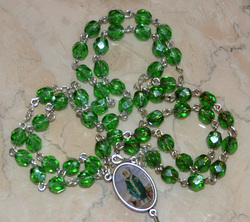 ST. PATRICK'S BREASTPLATE There are two schools of thought on the origin of ‘St. Patrick’s Breastplate’. Some say that St. Patrick wrote it in about 433 AD before he successfully converted Ireland to Christianity and others believe it was not written by St. Patrick but by an anonymous author showing St. Patrick’s faith. As a teenager in Ireland my maternal grandmother used to recite this when she was in the car with me driving. I used to think she used it to protect us both (and others on the road) from my driving! The verse below is the short version and probably the most used part of the prayer but you can view the much longer version HERE. Christ with me, Christ before me, Christ behind me, Christ in me, Christ beneath me, Christ above me, Christ on my right, Christ on my left, Christ when I lie down, Christ when I sit down, Christ when I arise, Christ in the heart of every man who thinks of me, Christ in the mouth of everyone who speaks of me, Christ in every eye that sees me, Christ in every ear that hears me. The full, much longer, version can be found HERE. 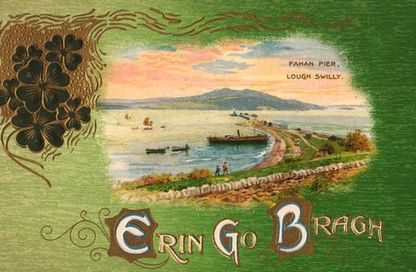 Fahan, County Donegal of St. Patrick's Day Card Fahan, County Donegal of St. Patrick's Day Card ST. PATRICK'S DAY CARDS Millions of cards are sent on St. Patrick's Day every year but some of the most beautiful date back to the late 19th and early 20th century. You can view our collection of these HERE. And finally, an old Irish St. Patrick's Day toast:
Here’s to a long life and a merry one. A quick death and an easy one A pretty girl and an honest one A cold beer – and another one! HAPPY ST. PATRICK'S DAY ONE AND ALL! 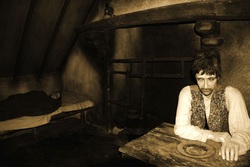 The sad misery of the Great Famine The sad misery of the Great Famine As we approach St. Patrick's Day we are aware of the fact that this day is celebrated all over the world mainly because there are so many people or Irish descent worldwide. Many of their Irish born ancestors left Ireland during the Great Famine of the mid 19th century. In Donegal alone the population decreased by 41,000 between the Census of 1841 and the Census of 1851. Of those 41,000 some were lucky enough to have died naturally but many more died of starvation and the balance emigrated to countries such as America, Canada and Britain. 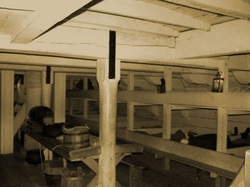 Inside a 'Famine Ship' Inside a 'Famine Ship' Those that were "lucky" enough to escape the Famine. leaving behind loved ones they knew they would never again see, travelled in dire conditions on ships nicknamed "coffin ships" in reference to the fact that around one third of those travelling died before they ever reached distant shores and the hope of a new life. The conditions were extremely cramped on board these ships with a whole family having to sleep in a space about the size of a small double bed surrounded on both sides by other families only divided from them by a piece of wood. The journey took around six weeks and the owners of the ships supplied as little food as possible. So with the cramped conditions and lack of food came disease. Those that died on board were thrown overboard to a watery grave. The song "The Emigrants Daughter" is about a young girl who died on board one such ship: "Oh please ne'er forget me though waves now lie o'er me I was once young and pretty and my spirit ran free But destiny tore me from country and loved ones And from the new land I was never to see. A poor emigrant's daughter too frightened to know I was leaving forever the land of my soul Amid struggle and fear my parents did pray To place courage to leave o'er the longing to stay. They spoke of a new land far away 'cross the sea And of peace and good fortune for my brothers and me So we parted from townland with much weeping and pain Kissed the loved ones and the friends we would ne'er see again. The vessel was crowded with disquieted folk The escape from past hardship sustaining their hope But as the last glimpse of Ireland faded into the mist Each one fought back tears and felt strangely alone. The seas roared in anger, making desperate our plight And a fever came o'er me that worsened next night Then delirium possessed me and clouded my mind And I for a moment saw that land left behind. I could hear in the distance my dear mother's wailing And the prayers of three brothers that I'd see no more And I felt father's tears as he begged for forgiveness For seeking a new life on the still distant shore. Oh please ne'er forget me though waves now lie o'er me I was once young and pretty and my spirit ran free But destiny tore me from country and loved ones And from the new land I was never to see." 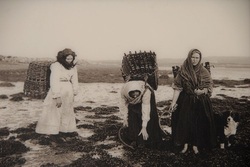 Gathering seaweed during The Famine Gathering seaweed during The Famine For those who couldn't escape to new lands life was very hard. Lack of food and seeing their children and families dying of starvation and saying goodbye forever to those they loved who set off for the coffin ships to try for a new life. People ate anything they could get their hands on to try to survive another day. Although Donegal has over 700 miles of shoreline, many of the foreshores were owned by landlords who would not allow the starving people to fish from these shorelines. The photo on the left shows women of the Fanad peninsula in Donegal gathering seaweed to feed their families during the famine so at least they were allowed to gather that. The extreme lack of food forced people to find what they could to eat anywhere and often at extreme danger to themselves. 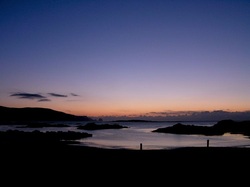 Rossbeg, County Donegal Rossbeg, County Donegal One such example from Donegal is of the man who made his way over a rocky shoreline to a large rock where seagulls nested in the hope he could gather their eggs to feed his starving children. The rock is off the coast of Rossbeg in west Donegal. A few years ago we were there taking photographs of this very scenic place when we met a man who told us the story. In the photos below you will see more clearly the hard journey the man made to get a few eggs. It is a rocky headland and the large rock he travelled to would be difficult to reach even for a fully fed, healthy man. He was weak and hungry but such was his will to save his family he made the journey. Sadly he died of exhaustion on the rock and even though men from the local village attempted to take his body home to bury, their weak state from starvation rendered this impossible. So his body had to be left on the rock, something his family must have been even more saddened about as they never had a burial plot nor grave to visit. |
We Love DonegalWe Love Donegal is a site dedicated to bring the beauty of County Donegal on the north west coast of Ireland to the world. Categories
All
|

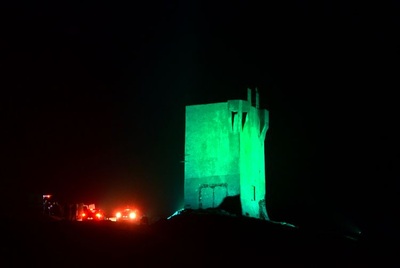
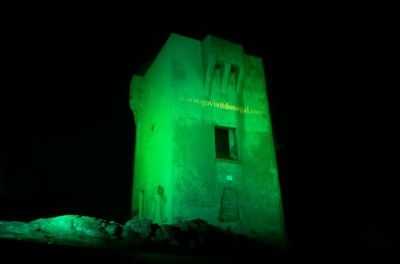
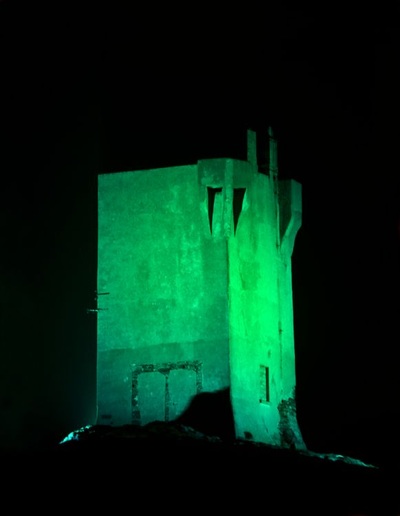
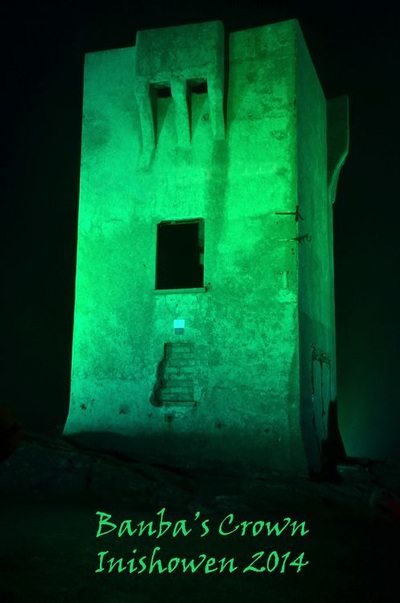
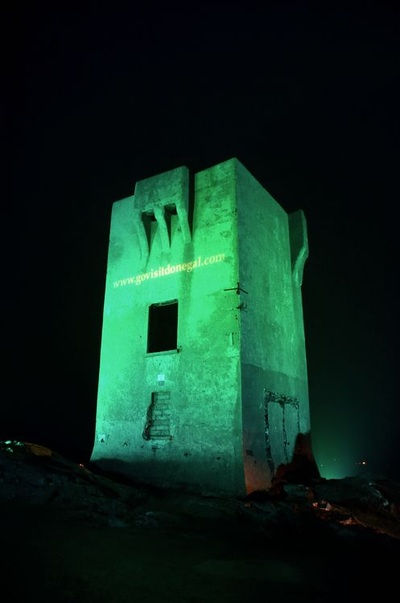
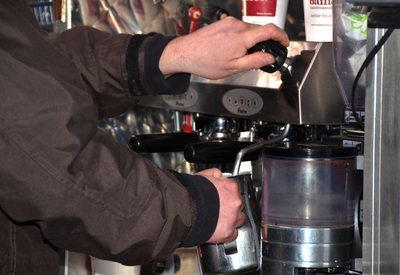
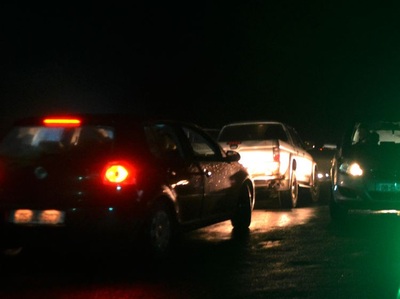
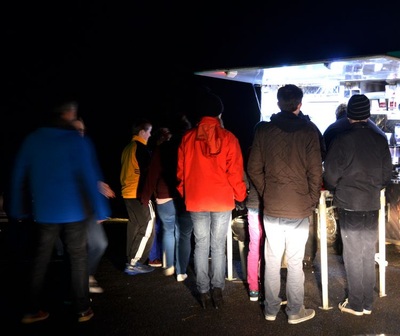
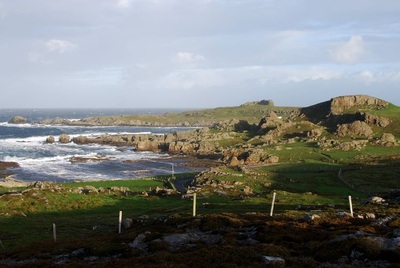
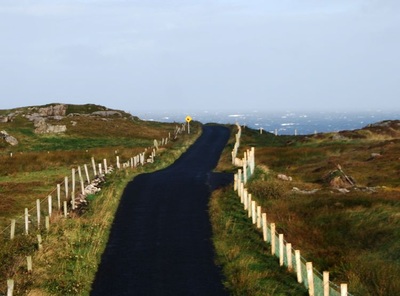
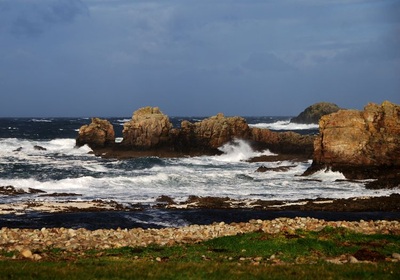
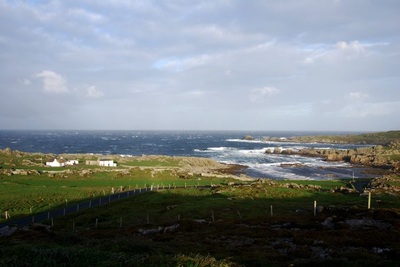
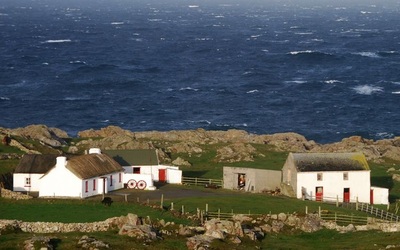
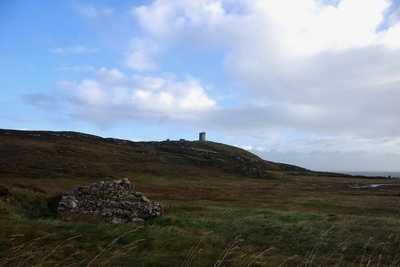
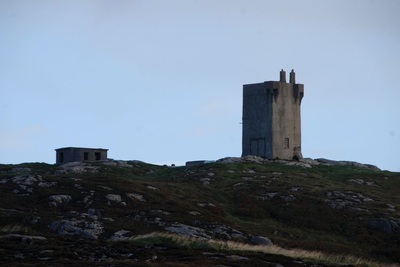
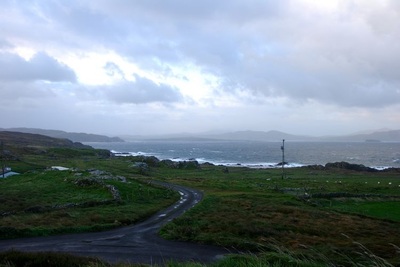
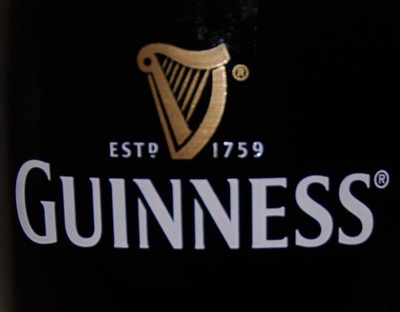
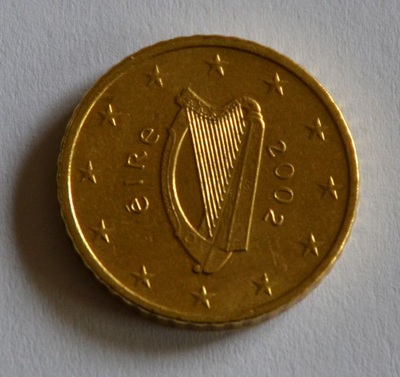
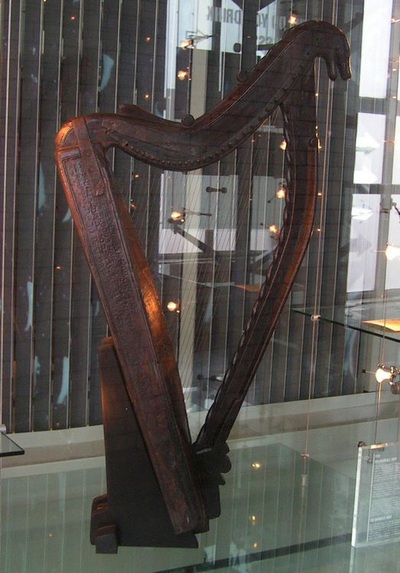
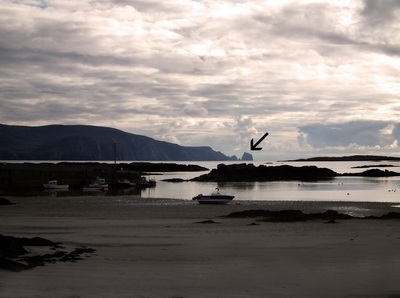
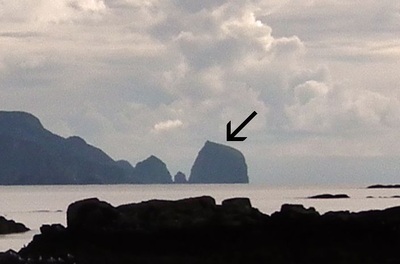
 RSS Feed
RSS Feed